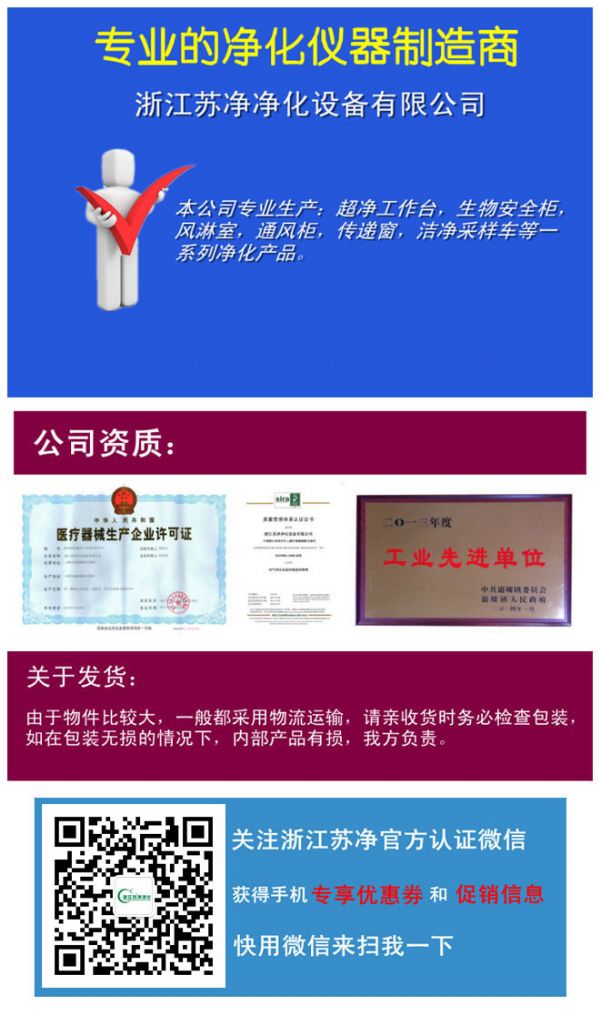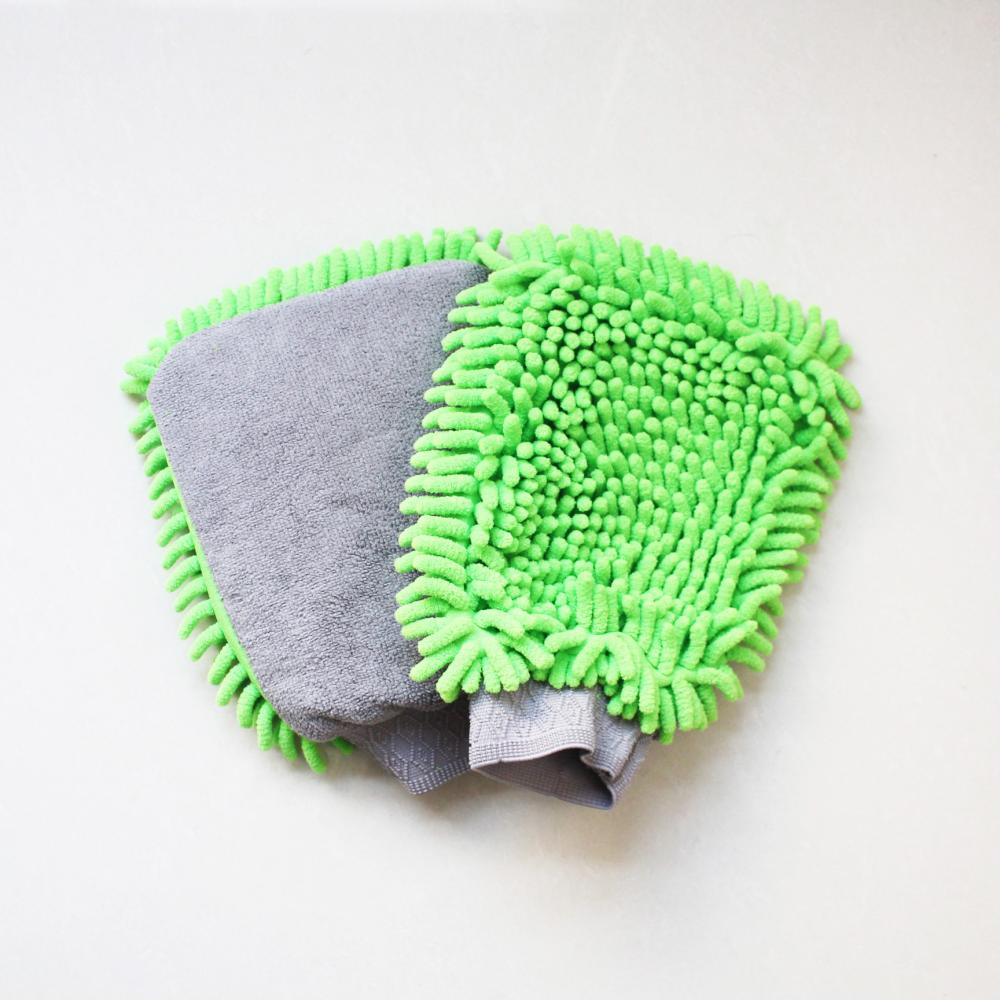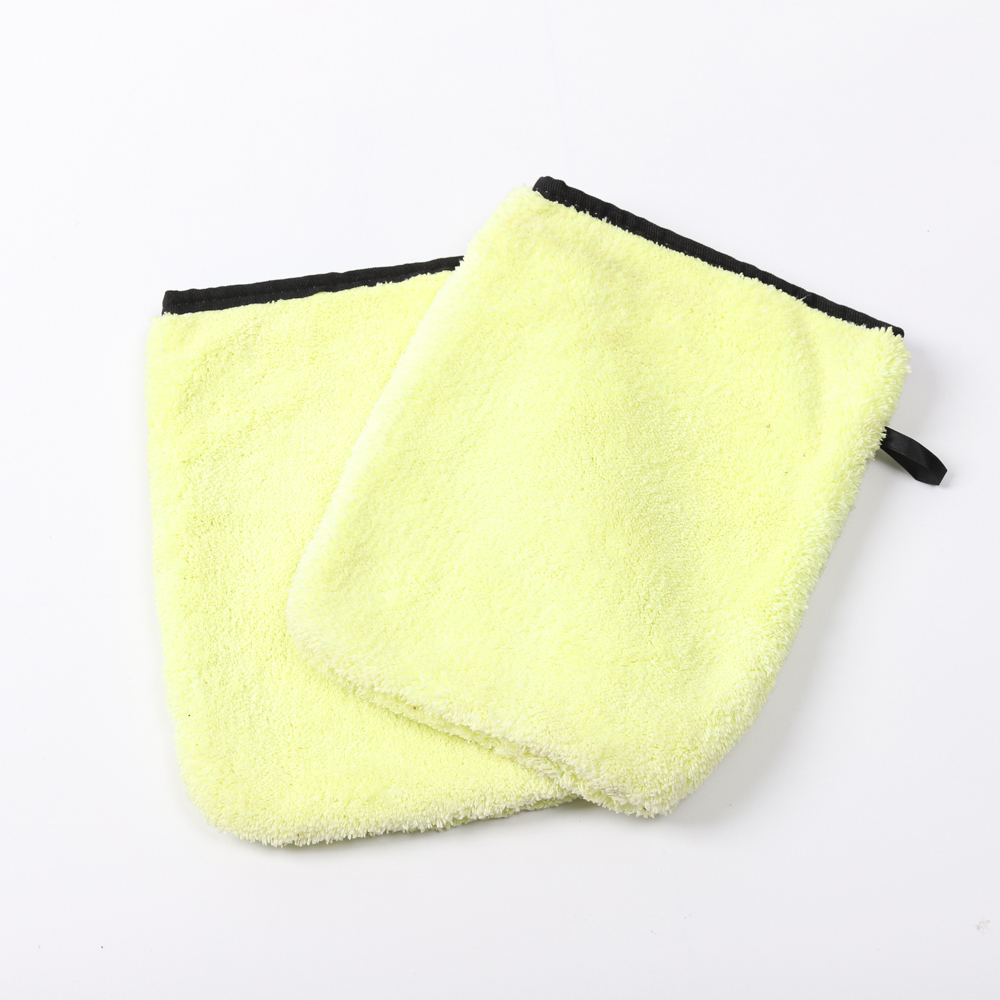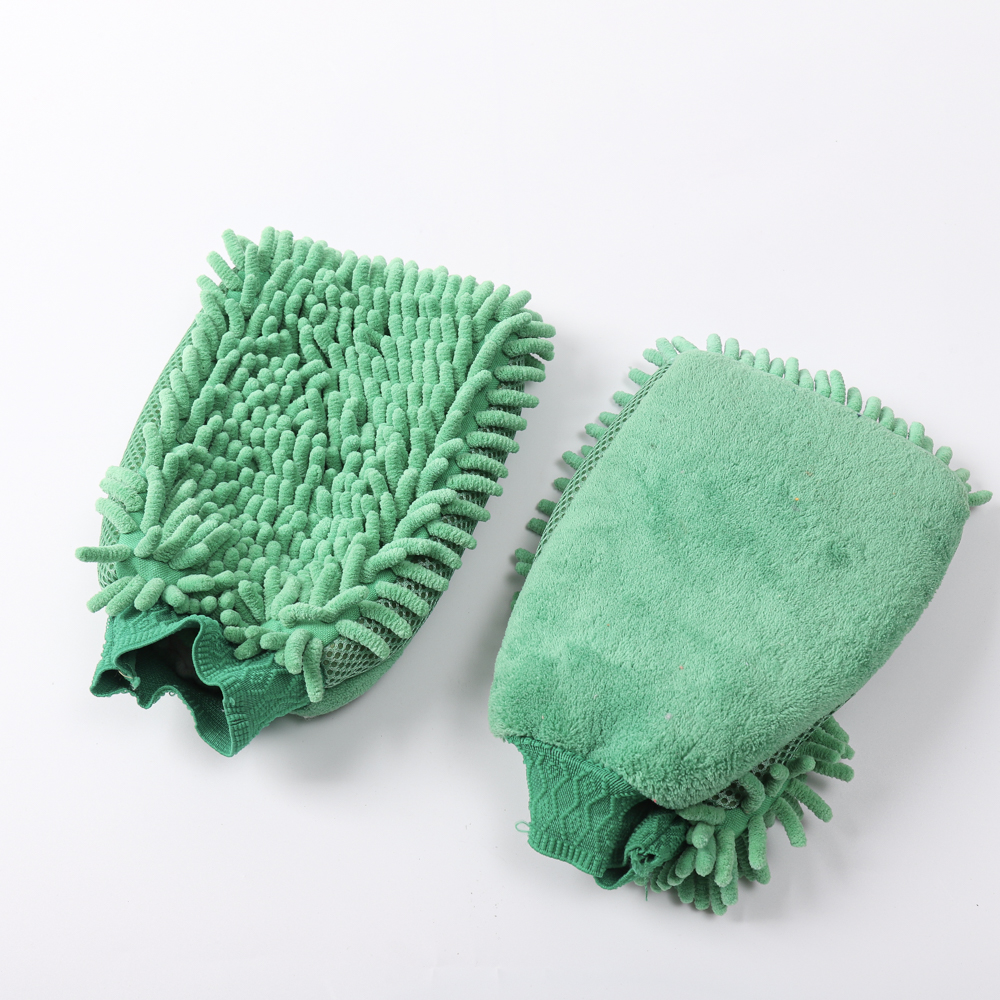1. Provisions for Safety Cabinet Performance and Testing Both EN 12469 and NSF 49 are performance-based standards, meaning they focus on the functional outcomes rather than specific design details of the biosafety cabinet. This allows manufacturers significant flexibility in how they construct the cabinets, as long as they meet the required performance criteria. The core of these standards involves defining test parameters and qualification criteria—approximately 70% of the content is dedicated to this. These tests include microbiological protection for personnel, environmental protection, airflow velocity measurements (such as inlet flow rate, intake volume, downward airflow speed, and uniformity), and smoke visualization tests. The emphasis here is on the testing procedures and differences between the two standards. 2. Physical Performance Testing and Qualification Criteria EN 12469 and NSF 49 both define the methods and pass/fail criteria for testing biosafety cabinets. However, there are notable differences: a. Microbiological Challenge Test for Personnel, Product, and Environmental Protection EN 12469 largely follows the microbial challenge test method used in NSF 49, with similar qualification criteria. However, it introduces a unique test called the KI-Discus test, which is considered an additional physical test beyond the standard microbial challenge. Unlike traditional microbial tests that only provide a pass/fail result, the KI-Discus test measures the Aperture Protection Factor (APF) to evaluate the cabinet’s ability to control contamination. EN 12469 requires an APF of over 10,000, meaning less than one in ten thousand particles can escape the cabinet. b. Downward Airflow Rate Test The downward airflow rate significantly affects the safety and infection control of the cabinet. If too low, the protection level may be compromised. EN 12469 specifies a range of 0.25–0.5 m/s for downward airflow, while NSF 49 does not set any specific requirements. Despite this, both standards ensure that biosafety cabinets meet similar microbial challenge tests. The test methods for airflow rates are very similar, but NSF 49 includes more measurement points and stricter instrument accuracy requirements, aiming for higher precision. c. Inlet Airflow Rate Test The NSF 49 standard uses a direct inlet airflow measurement method, which is more accurate than the estimation method used by EN 12469, which calculates intake airflow based on exhaust flow. This external exhaust method was previously used in U.S. certifications in the 1980s and 1990s. Both standards specify minimum inlet airflow rates. For example, the A2 type II biosafety cabinet under NSF 49 requires 0.5 m/s, while EN 12469 sets a lower requirement of 0.4 m/s for secondary cabinets. d. Performance Envelope The performance envelope refers to the acceptable ranges of inlet and downward airflow rates during microbial challenge tests. NSF 49 has strict rules, requiring precise setting of these values within ±0.025 m/s before delivery. EN 12469 does not have such a requirement, only specifying that the airflow should fall within the specified range. e. Work Comfort Standards: Noise, Light Intensity, and Vibration Testing Noise testing differs slightly between the two standards. EN 12469 measures noise at 1 meter from the working area, allowing a maximum of 65 dBA, while NSF 49 measures at the operator's head position, allowing up to 67 dBA. Although EN 12469 appears to be stricter, internal tests by ESCO show that passing one standard typically means passing the other. Both standards use the same vibration testing method. In terms of light intensity, NSF 49 allows 650 lux, while EN 12469 requires 750 lux. EN 12469 lacks specific guidance on background brightness and measurement instruments. f. Filter Leak Test (Aerosol Challenge Test) NSF 49 uses aerosolized test agents like DOP or PAO for filter leak testing, while EN 12469 allows the use of natural aerosols as an alternative, using the same test method. g. Airflow Smoke Test EN 12469 and NSF 49 share the same testing methods and qualification criteria for airflow smoke tests. h. Soap Bubble Leak Test NSF 49 requires all biosafety cabinets to undergo a soap bubble leak test as part of routine quality control, whereas EN 12469 mandates this test to be conducted by an independent certification laboratory. i. Other Types of Tests NSF 49 also includes additional tests such as surface safety testing, corrosion resistance, and motor/fan performance. These tests establish basic material standards but do not directly impact the safety performance of the cabinet. Zhejiang Sujing Purification Equipment Co., Ltd. is located in Daoxu Town, Shangyu District, Shaoxing City, Zhejiang Province. As a leading manufacturer in the purification equipment industry in East China, the company provides professional air purification systems tailored to industries such as microelectronics, biomedicine, hospital operating rooms, fiber optics, food and beverage, precision instruments, semiconductors, and new materials. All solutions comply with ISO 14644-1, GB50073-2001, and GMP standards. The company offers engineering design, construction, testing, and technical services. The company's main product lines include purification workbenches, air showers, fume hoods, and biological safety cabinets. These products are widely used in medical, electronic, pharmaceutical, biotechnology, food, agriculture, and research sectors. They enjoy a strong reputation in domestic and Southeast Asian markets. Zhejiang Sujing Purification Equipment Co., Ltd. is committed to serving global consumers and distributors with high-quality products, user-friendly service, and competitive pricing. We sincerely welcome you to join us and experience our excellence!
Introducing our Microfiber Car Glove - the perfect tool for keeping your car looking clean and polished! Made with high-quality microfiber material, this glove is gentle on your car's surface while effectively removing dirt, dust, and grime. Its unique design allows for easy maneuvering around tight spaces and corners, making it a versatile cleaning tool for any car owner. Plus, its durable construction means it can be used again and again, making it a cost-effective choice for keeping your car looking its best. Say goodbye to messy car interiors and hello to a shiny, spotless ride with our Microfiber Car Glove!
microfiber car cleaning mitt,best micorifber washing glove,microfiber gloves for car,car wash microfiber mitt manufacturer jiangsu qiyun cleaning knitting product co.,ltd , https://www.jarfrry.com


